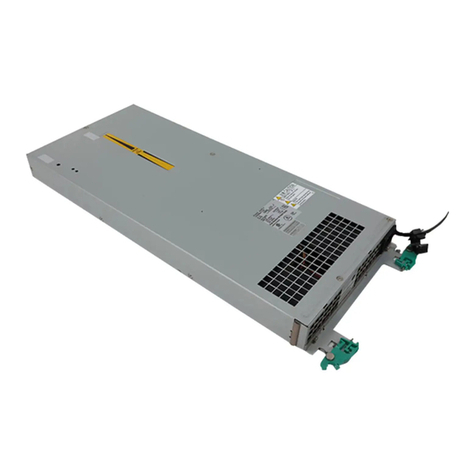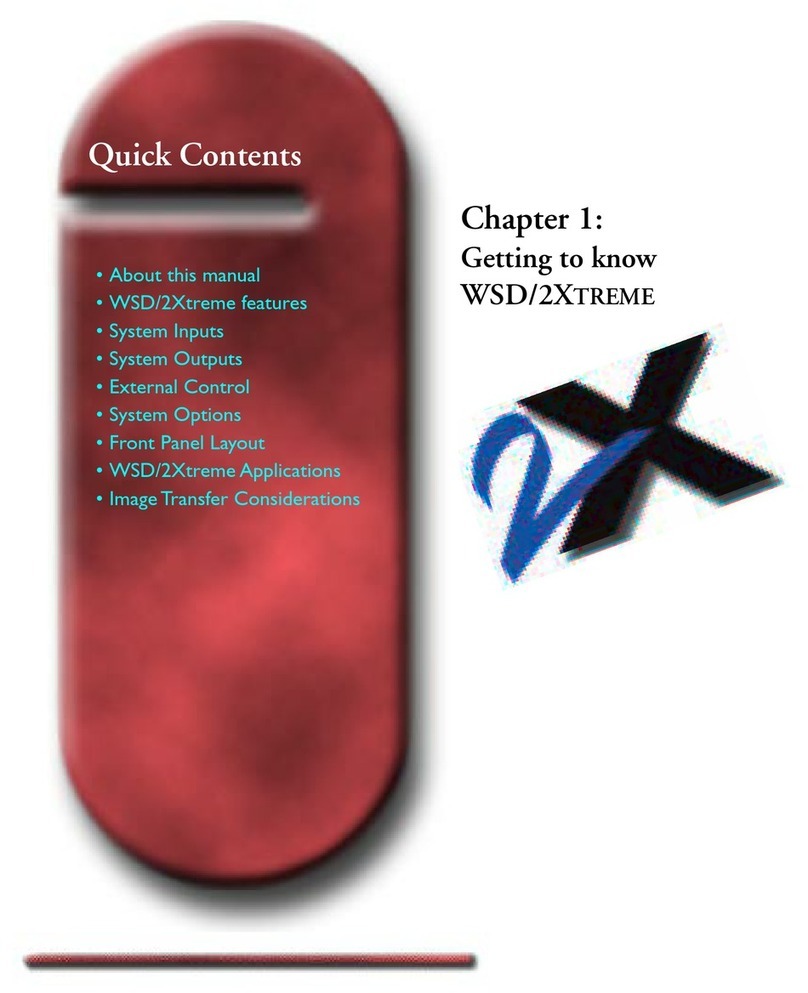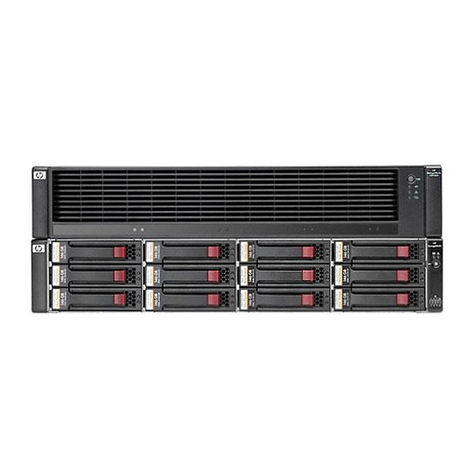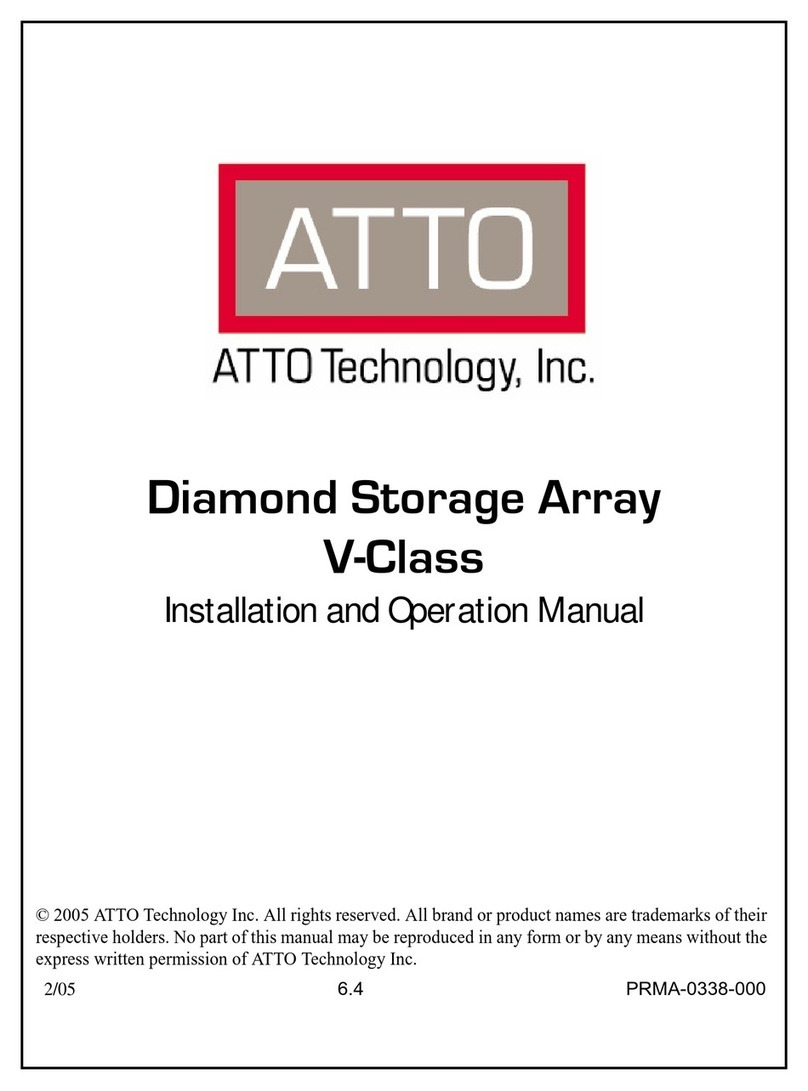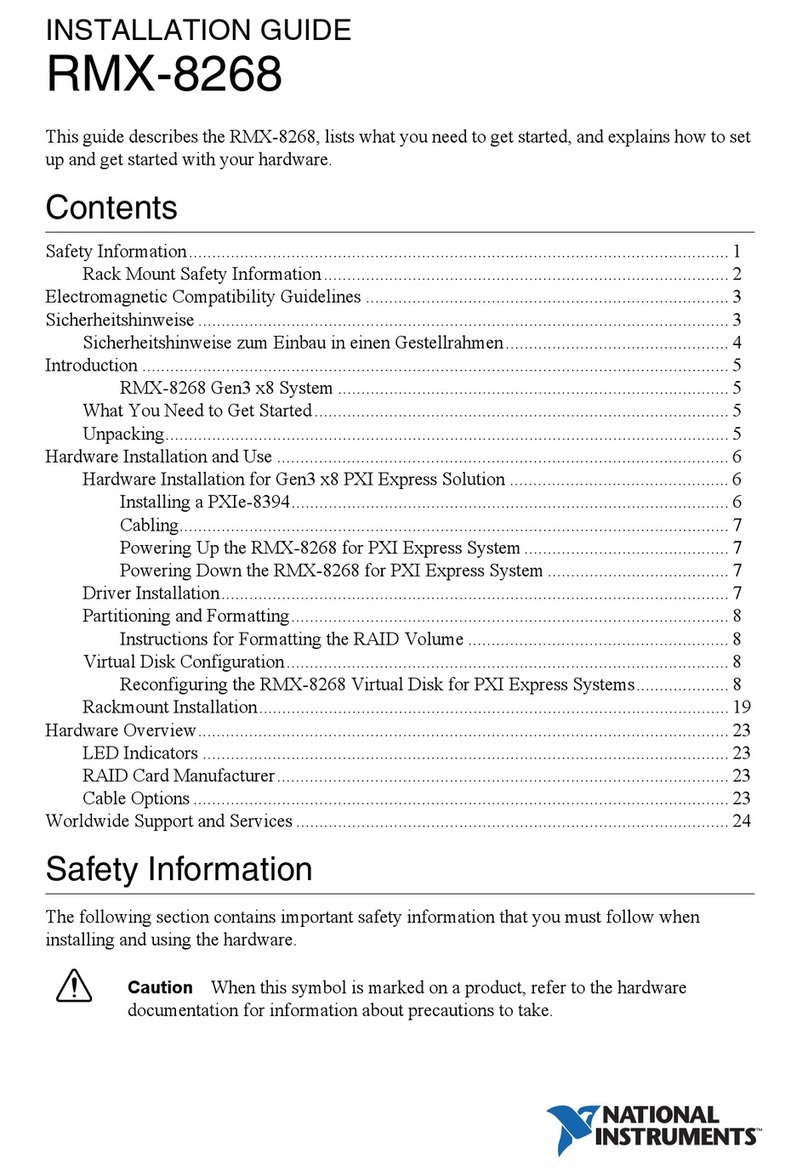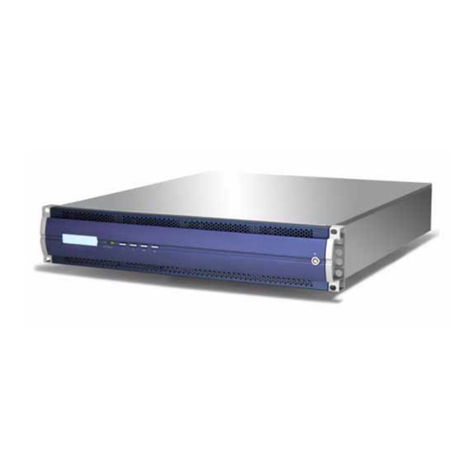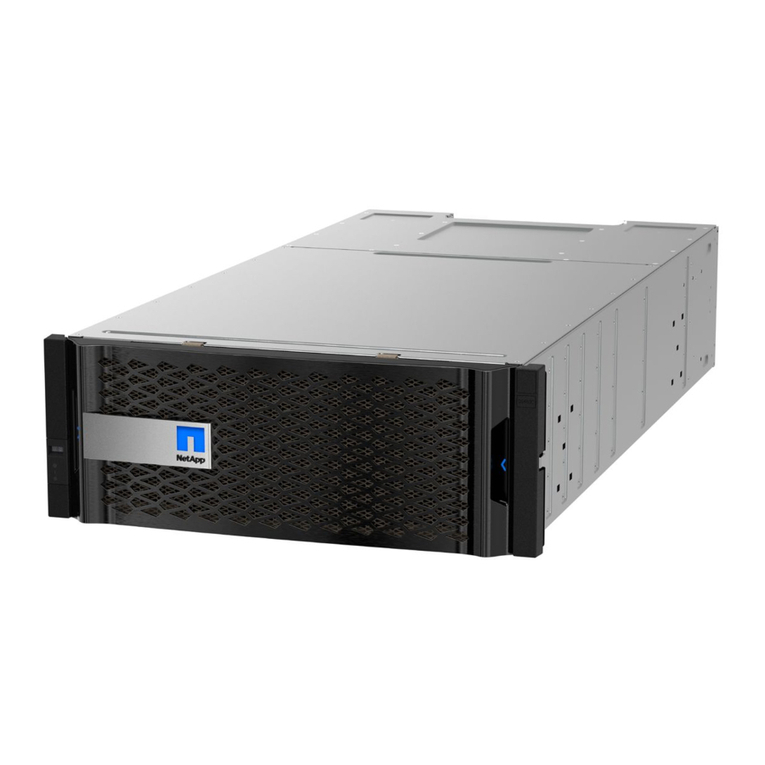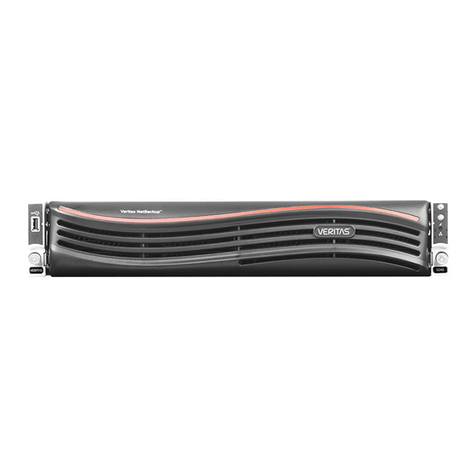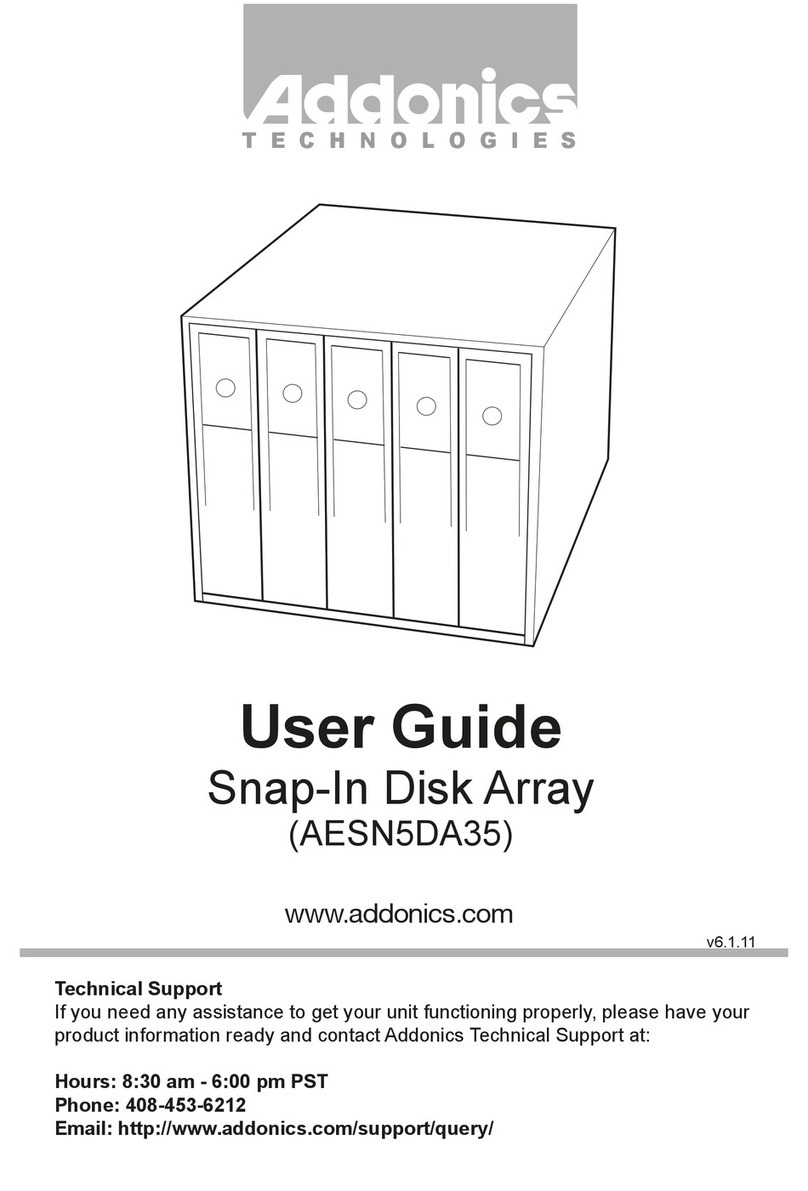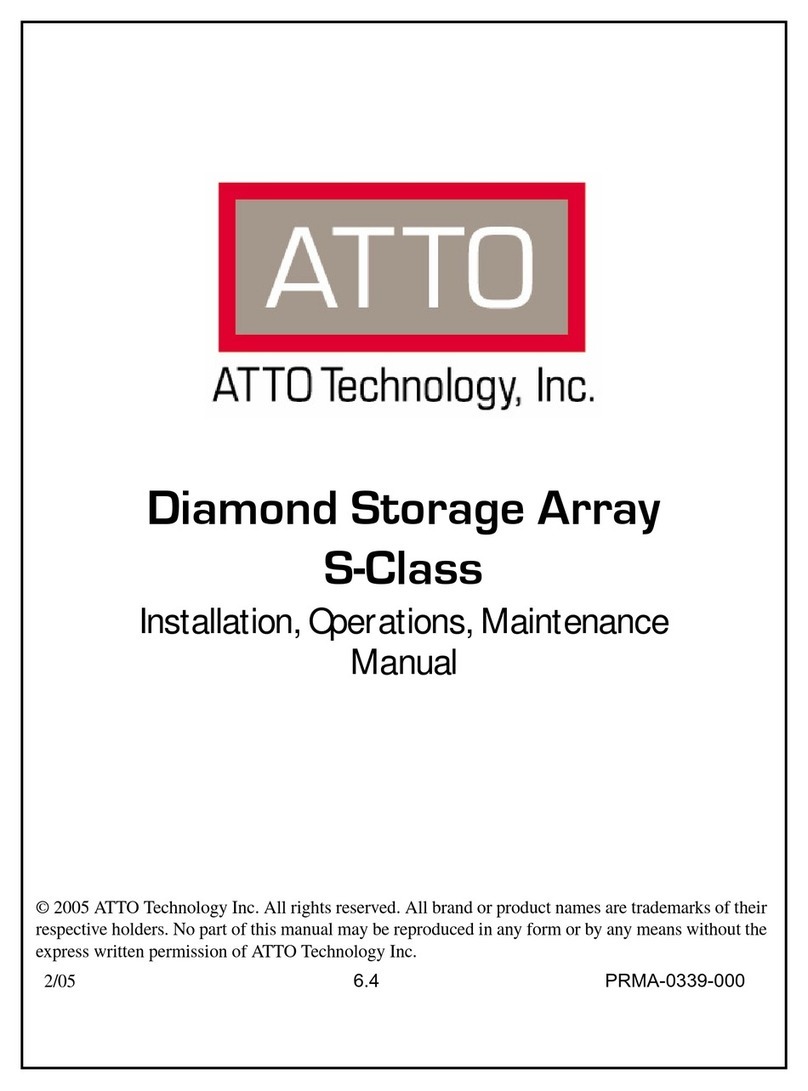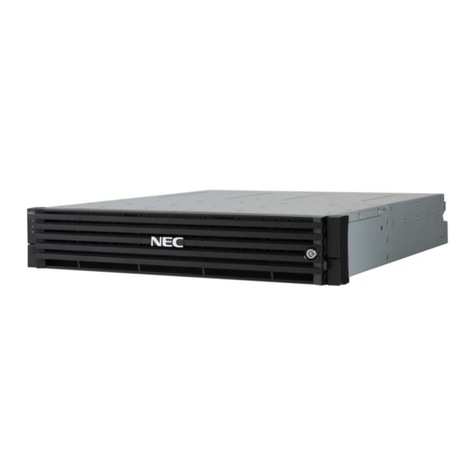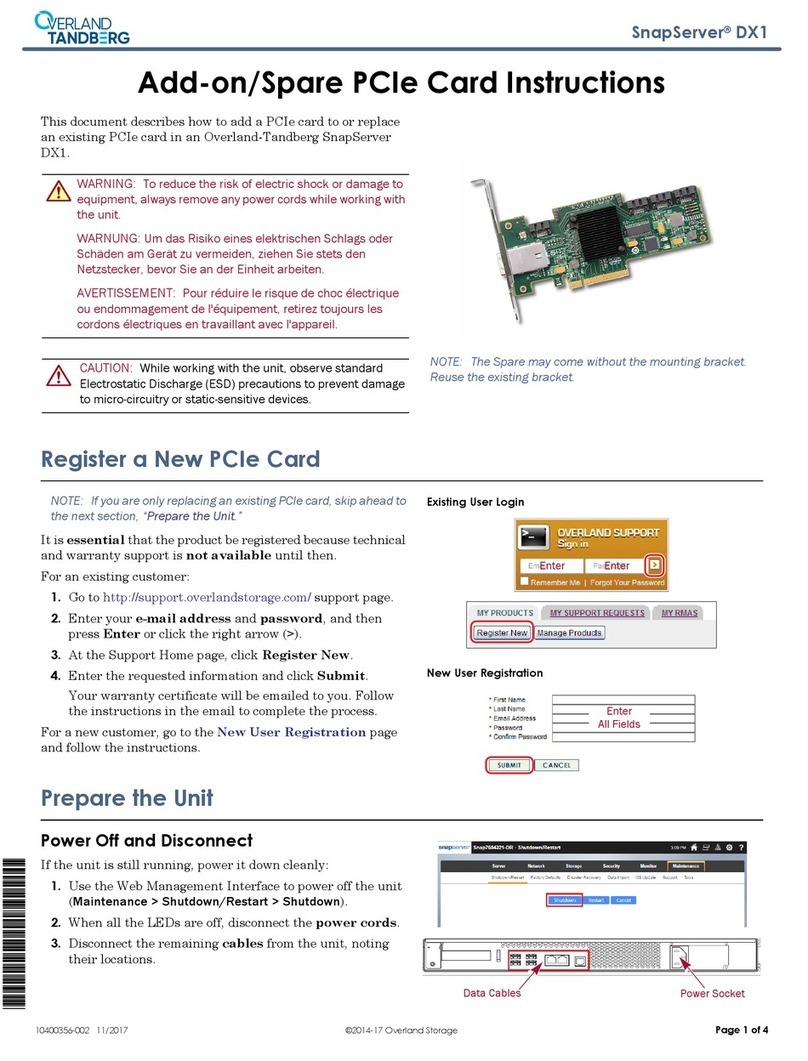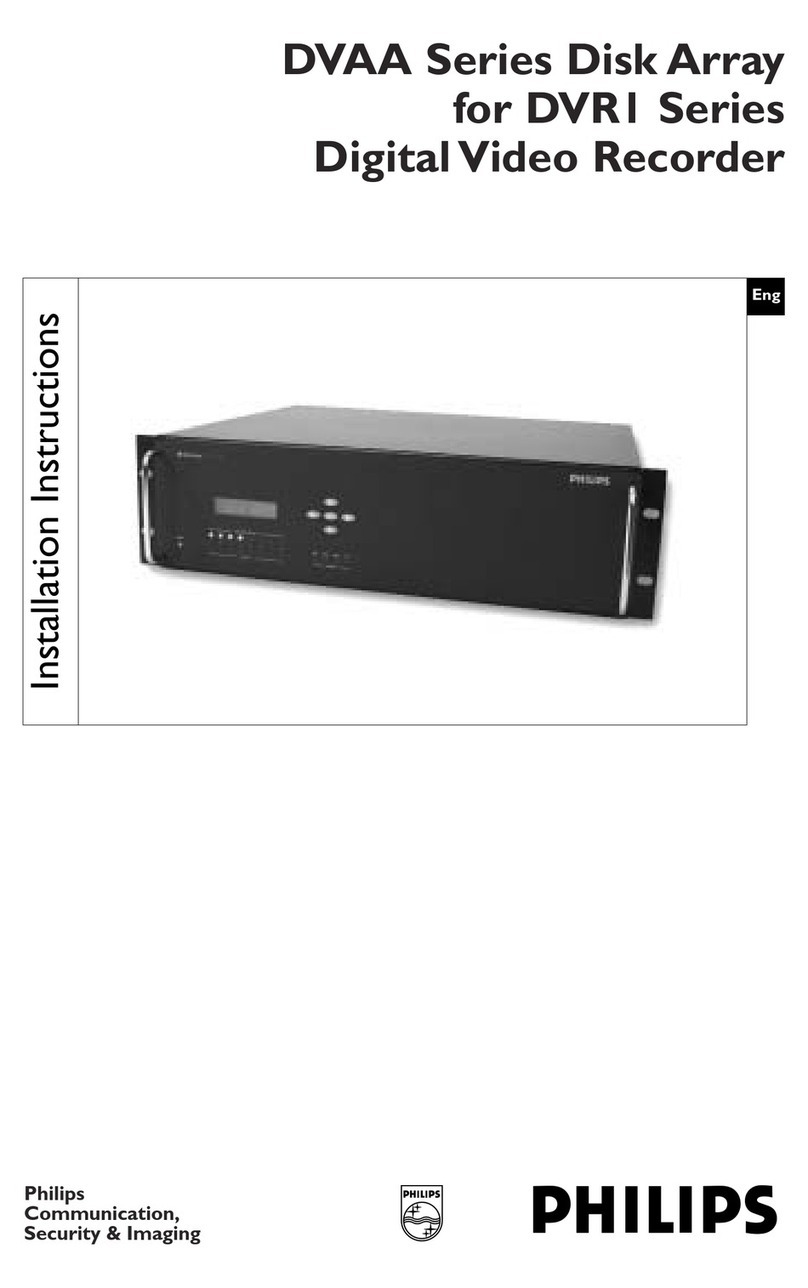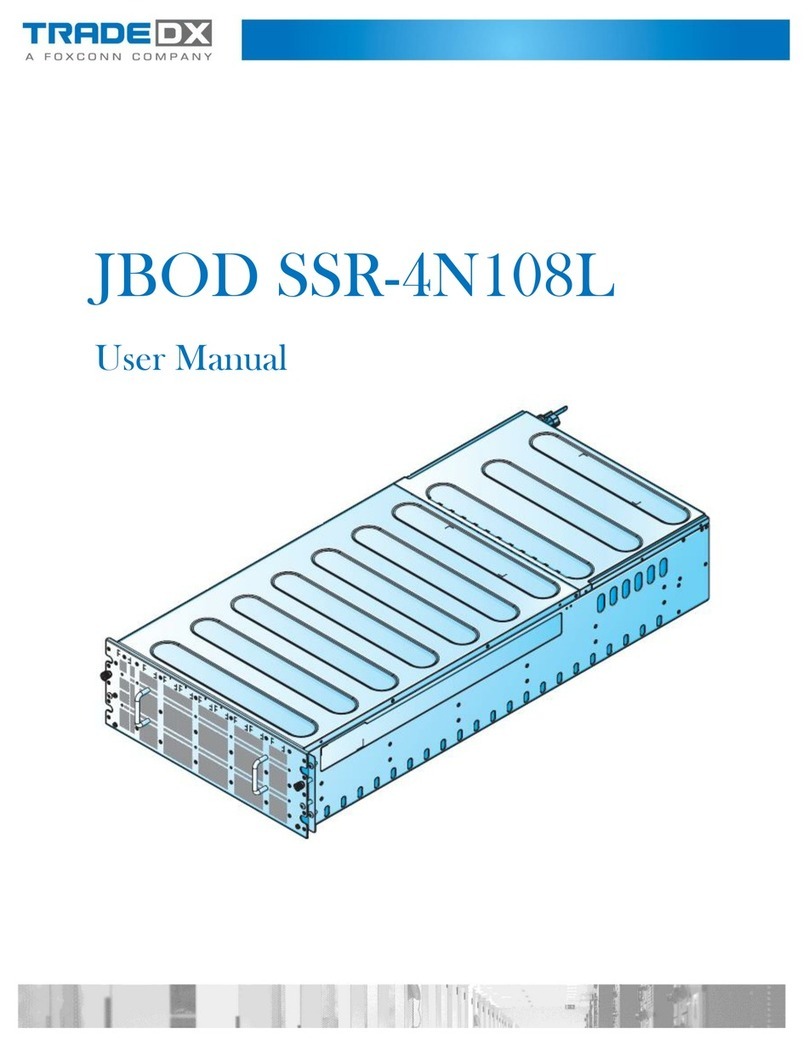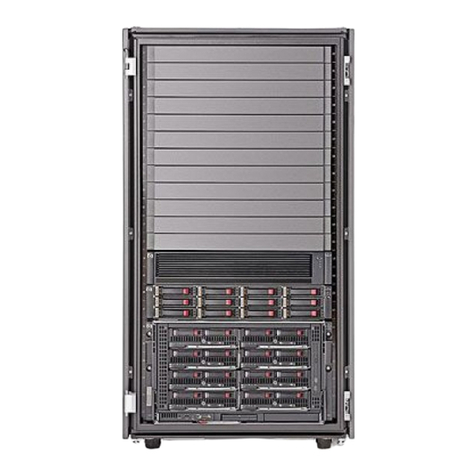
ASUS PCI-DA2100 User’s Manual V
CONTENTS
BIOS Features Setup .................................................................. 34
Details of BIOS Features Setup:........................................... 34
Chipset Features Setup ............................................................... 37
Power Management Setup.......................................................... 40
Details of Power Management Setup: .................................. 40
PNP and PCI Setup .................................................................... 42
Load BIOS Defaults ................................................................... 44
Load Setup Defaults ................................................................... 44
Supervisor Password and User Password .................................. 45
IDE HDD Auto Detection .......................................................... 46
Save and Exit Setup ................................................................... 47
Exit Without Saving ................................................................... 47
V. DESKTOP MANAGEMENT......................................49
Desktop Management Interface (DMI)............................................ 49
Introducing the ASUS DMI Configuration Utility............... 49
System Requirements ........................................................... 49
Using the ASUS DMI Configuration Utility ........................ 50
Notes:.................................................................................... 50
VI. ADAPTEC EZ-SCSI UTILITY .................................53
Quick Start Instructions ................................................................... 53
Windows95 or WindowsNT....................................................... 53
Windows/Windows for Workgroups 3.1x .................................. 53
DOS............................................................................................ 53
Troubleshooting Tips ....................................................................... 54
SCSI Device Troubleshooting.................................................... 54
Windows95/WindowsNT Troubleshooting ................................ 54
Information for DOS/Windows 3.1x Users ..................................... 57
DOS and Windows3.1x Device Drivers..................................... 57
DOS and Windows3.1x ASPI Managers.................................... 57
DOS Formatting Utilities ........................................................... 58
Low-level Formatter (scsifmt).............................................. 58
Formatter and Partitioner (afdisk) ........................................ 59
Removable Media Manager (rmvtool) ................................. 61
VII. ADAPTEC 7800 DRIVERS (88 Pages)
(for onboard Adaptec 7880 SCSI Chipset)
